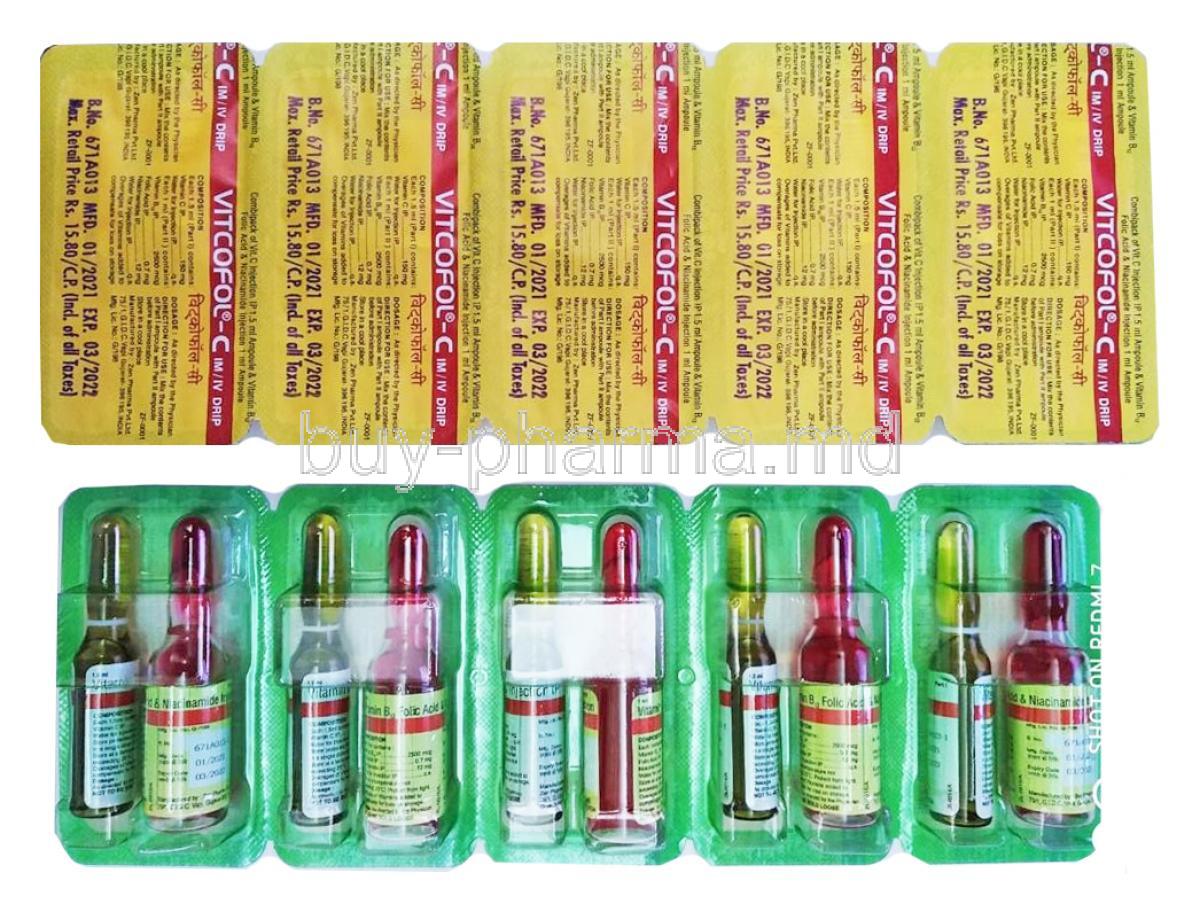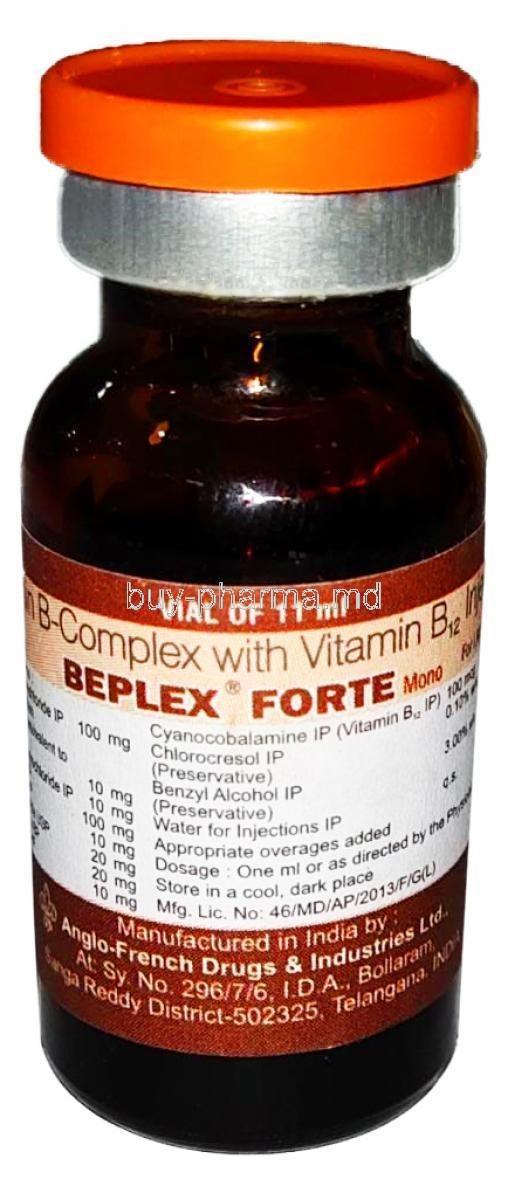raw_oyster_eater
lemon bottle brewer
its perfect for you. a guy and a girl with washboard abs.Hey, there's women here too. I'll buy from a guy if he's a stud with washboard abs.
its perfect for you. a guy and a girl with washboard abs.Hey, there's women here too. I'll buy from a guy if he's a stud with washboard abs.
Eye candy is eye candy. I'm not picky.its perfect for you. a guy and a girl with washboard abs.
Ba bye TFC.... Alice, Alice, who the fuck is Alice!In case anyone missed it, search Alice on tirzhelp.
It's vape juice minus the nicotine.
View attachment 5718
Holy shit lmao that's fucked upIn case anyone missed it, search Alice on tirzhelp.
It's vape juice minus the nicotine.
View attachment 5718
I've been staring at my replacement nexus aminos lipoc for weeks after taking a 14+ph shot of it lmao last time around during that fiasco. Passes the smell and color test but....... yeah I dunno lolThe lesson here is 99% of lipo C’s aren’t legit.
there was a spreadsheet going around at one time that listed all the various sources of lipo-c with test results. i think there were maybe like 6-7 that tested as legitimate lipo-c, and the rest were.... well, who knows.The lesson here is 99% of lipo C’s aren’t legit.
Where are you finding something with Niacinamide in it? Could you share a link please?You can get Folic Acid 0.7 mg / Methylcobalamin 2500 mcg / Niacinamide 12 mg / Vitamin C 150 mg for $1-$2 an ampoule from Indian pharmacies. There is also a Beplex Forte with (Each mL contains) Thiamine Hydrochloride 100 mg / Riboflavin 10 mg / Pyridoxine Hydrochloride 10 mg / Niacinamide 100 mg / D-Panthenol 10 mg / Choline Chloride 20 mg / DL-Methionine 20 mg / Inositol 10 mg / Cyanocobalamine (Vitamin B12) 100 mg $39 for 10 x 11mL vials.
There are quite a few here.Where are you finding something with Niacinamide in it? Could you share a link please?


That Beplex stings like a bitch. I used to use it all the time when I was on my HcG diet kick years ago. Someone just posted about using Durvet Maxi B1000 animal vitamin injx off Amazon. Under $20 for 100mlYou can get Folic Acid 0.7 mg / Methylcobalamin 2500 mcg / Niacinamide 12 mg / Vitamin C 150 mg for $1-$2 an ampoule from Indian pharmacies. There is also a Beplex Forte with (Each mL contains) Thiamine Hydrochloride 100 mg / Riboflavin 10 mg / Pyridoxine Hydrochloride 10 mg / Niacinamide 100 mg / D-Panthenol 10 mg / Choline Chloride 20 mg / DL-Methionine 20 mg / Inositol 10 mg / Cyanocobalamine (Vitamin B12) 100 mg $39 for 10 x 11mL vials.
